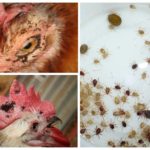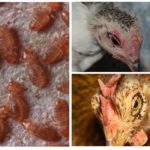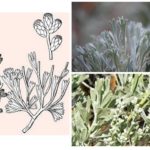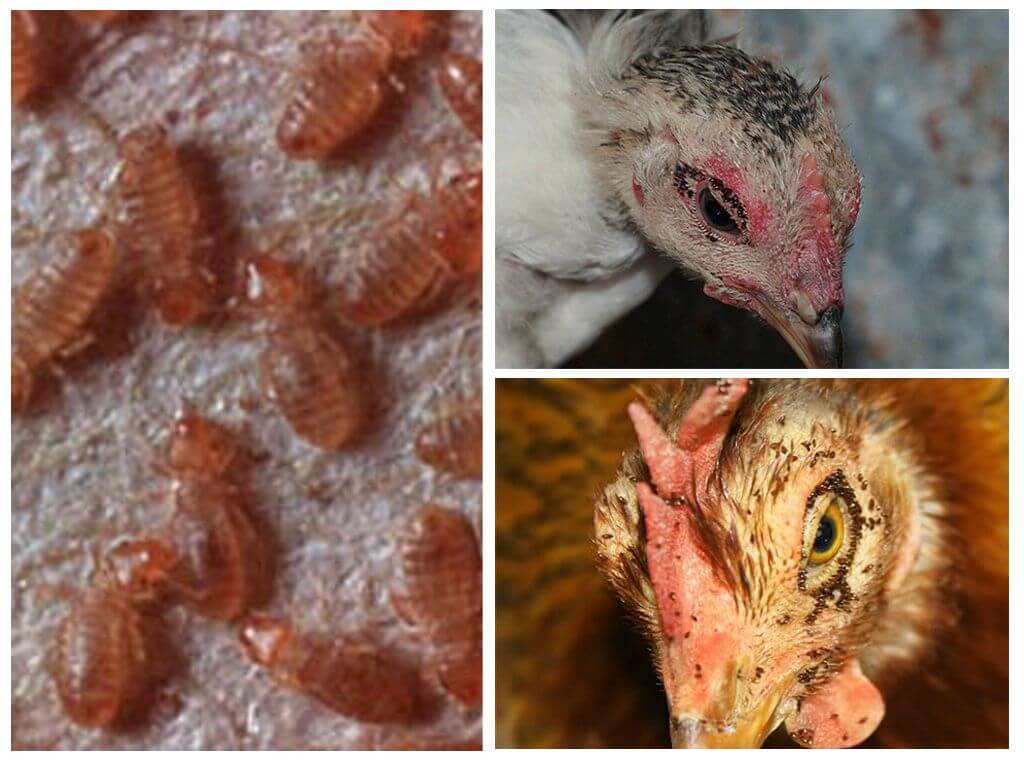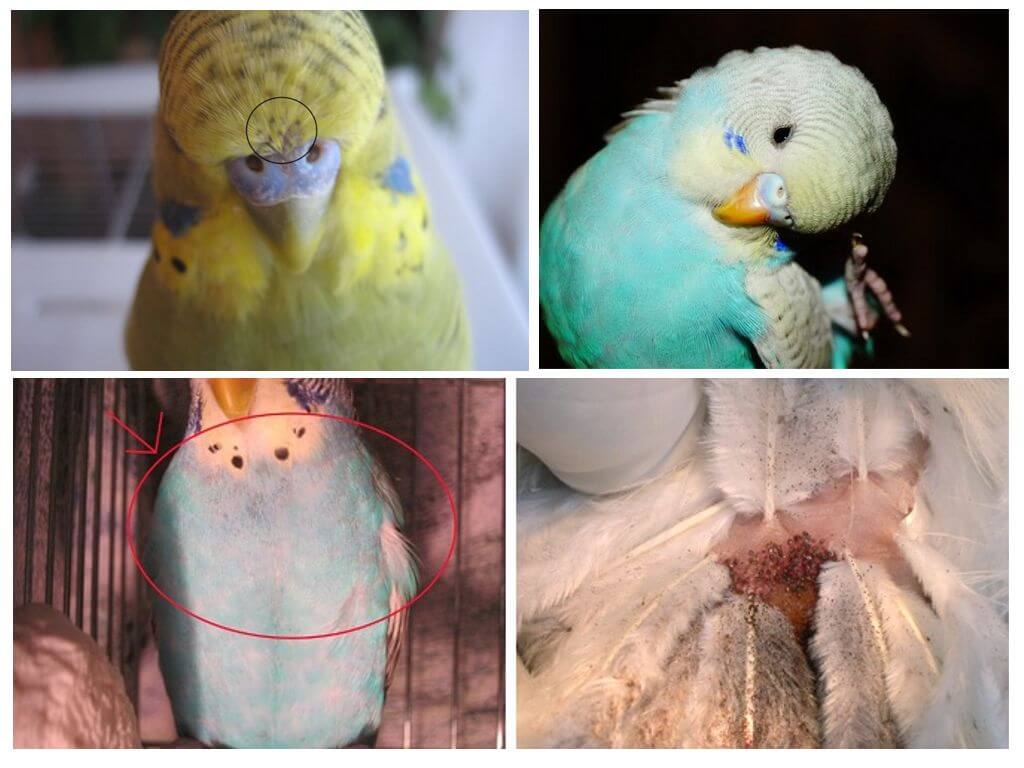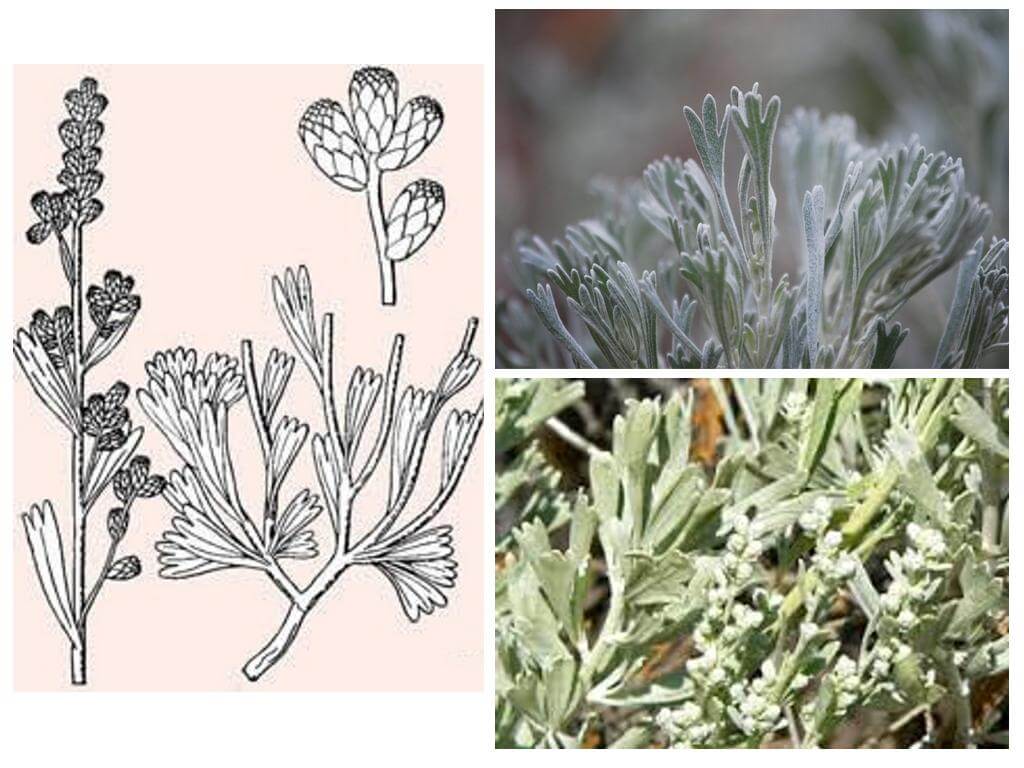How to deal with folk methods with fleas in chickens
- Chicken fleas
- Chicken fleas
- Fleas in parrots
- Sagebrush
Fleas are the most common blood-sucking parasites on our planet. The chicken fleas in the photo in high magnification are one of the smallest members of this order of insects, but their insignificant size is successfully compensated for by their remarkable ability to reproduce rapidly and excellent survival.
Habitat, particular species
Chicken fleas, unlike many other species of fleas, are not capable of being outside the host’s body for a long time. Therefore, these parasites are sedentary and are trying to populate all the living space around as much as possible. Fleas in chickens are very dependent on ambient temperaturetherefore, they spend most of their life on the body of the victim or move to the bedding of the nest.
The most favorable temperature at which chicken fleas feel the greatest comfort is 40 degrees. Therefore, bloodsuckers try not to leave the bird's body.
Interesting!
Chicken fleas on humans do not parasitize, but may be some time to move to new areas of habitat, during this they experience discomfort and hunger. The temperature of the human body is not suitable for their long stay and successful reproduction, and the skin can not be bite through.
Chicken fleas, like all members of this genus, do not have wings. Arthropods differ in their small size and very flat body. These qualities help parasites to move freely through the dense thickness of feathers and down.Chicken fleas have unusually developed hind limbs, which allows them to jump more than one and a half meters long.
Favorable conditions for the colonization of chicken fleas occur if:
- the chicken coop is not cleaned or ventilated;
- litter does not change for a long time;
- nests are kept in unclean condition;
- high temperature and humidity are maintained for a long time;
- disinfection measures are not carried out.
Pests, hitting a chicken coop, can infect all animals in a matter of days. Females lay large chunks of eggs almost daily, and to increase the area of larvae distribution, fleas scatter eggs with the help of strong hind legs. As a result of such intense action, the entire territory of the chicken coop is littered maggotswhich in a short time turn into young parasites. Therefore, the treatment of fleas in chickens is a very difficult task.
Harm to humans and animals
Chicken fleas cannot feed on the blood of humans or other mammals. Therefore, they do not represent direct harm, as a parasitic species. Fleas can bite a person or a pet, but in most cases they will not be able to bite through thick skin and get to the blood capillaries.Human body temperature is unfavorable for chicken fleas, so they will try to leave the wearer as soon as possible. But the most dangerous are insect-borne pathogens of infectious diseases:
- brucellosis (Bruce disease);
- salmonellosis;
- trypanosomes (sleeping sickness);
- encephalitis.
These diseases are easily transmitted from animal to human and often fatal. Even short-term contact with an infected chicken can result in the transfer of infection from one species to another. That is why chicken fleas represent serious danger to humans.
For birds, blood sucking parasites are an even greater disaster than for humans. In some cases, the infection of chickens with fleas leads to the destruction of livestock. Along with fleas, debilitated birds can be affected by lice that cause head lice.
The infection process is difficult to control due to the microscopic size of the parasites. But there are a number of signs in which you can determine the approaching threat to chickens:
- significantly reduced the number of eggs laid;
- a nervous condition is observed;
- they lose weight, but consume a lot of feed;
- are often scratched by beak or claws.
These signs indicate infection with chicken parasites. To be sure of this finally, a visual inspection is required. To do this, you need to know what chicken fleas look like.
Insects most often parasitize on those areas where the skin is thinner. Near the eyes and near the beak, birds have the most blood capillaries close to the skin surface. The skin in these places is also very delicate and thin. In chickens, the same tender places in the region of the crest on the head.
A detailed examination revealed whole colonies of arthropod parasites stuck into the skin of birds.
Parasitic chickens behave unusually. They often itch and pluck feathers on themselves. In advanced cases, chickens become sick with anemia and die if they are not treated. Birds eat a lot, but still lose weight rapidly. Often chicken fleas infect the entire population of poultry with infectious diseases and then the death of the entire population occurs. Such cases pose a particular danger to humans, as it is strictly prohibited to eat the meat and eggs of sick chickens. In addition to economic damage, an outbreak of dangerous infectious diseases is possible among people.
Important!
Bird fleas are a danger not only for the economy.Domestic decorative birds also often become carriers of fleas. Even little budgies that never leave a room can easily become victims. blood-sucking insects.
If chicken fleas have already settled in a new territory, then their removal is many times more complicated than feline or canine fleas.
Ways to combat chicken pests
For a household, a serious problem if there are fleas or lice in chickens. Birds can not independently bring out parasites, they only severely injure themselves and tear out feathers on the neck and sides. Chicken flea treatment is a very complex and lengthy process. For the destruction of pests, you can use the traditional modern method of control, as well as carry out treatment with folk remedies.
Important!
The most important step in the fight against parasites is prevention. For this you need to regularly change the litter in chickens, since all the larvae and pupae live for a long time in it until they find a carrier. It is very important to carry out regular cleaning of excrement and food debris in poultry houses, since young larvae feed on pasture before feeding androtting excrement.
The next important step is the processing of the entire chicken coop with chemicals. To bring fleas from chickens, you need to know how and what to treat the chicken coop from lice and fleas. For this purpose, chemical insecticides are best suited - peritroids. They are effective and inexpensive.
To get rid of chicken fleas for a long time, such treatments should be carried out regularly, but it is important to strictly observe the dosages of drugs. After the disinsection of chicken coops with peritroids, it is forbidden to eat eggs and chicken meat for several days, otherwise poisoning or allergies are possible, since the drugs accumulate in animal tissues. If birds are temporarily absent in the chicken coop, it is possible to carry out complex treatment with aerosols with phosphorus-containing or chlorine-containing insecticides. Such treatment is extremely effective and for the long period eliminates any parasites.
Important!
Preparations of chlorine and phosphorus are potent poisons and pose a threat not only to insects, but also to all living things, including humans.
The most difficult stage is the individual treatment of the population of birds with the help of anti-flea drugs.To rid chickens of fleas, it is necessary for each bird to put special drops on the withers and carefully rub the product into the skin. Most often, Dusty Peritrum or Sevin is used for this, but it can be successfully treated with drops for dogs and cats. The main thing - to comply with the dosage.
Every villager knows how to fight with fleas and chickens by popular methods.
Blood-sucking insects can not stand the smell:
- wormwood;
- tansy;
- geraniums;
- lavender;
- potato tops;
If these plants are hung in the hen house, and some of the walls are treated with kerosene or vinegar, then the insects will try to avoid these places.
Most chickens can independently fight with fleas, for this they take sand baths. If in a chicken coop to organize special tanks with a mixture of sand and ash, then the birds themselves will get rid of harmful parasites.
For the victory over blood-sucking insects, not only physical means of destruction, but also measures for prevention are important. The greatest effect is achieved with an integrated approach to solving the problem.

